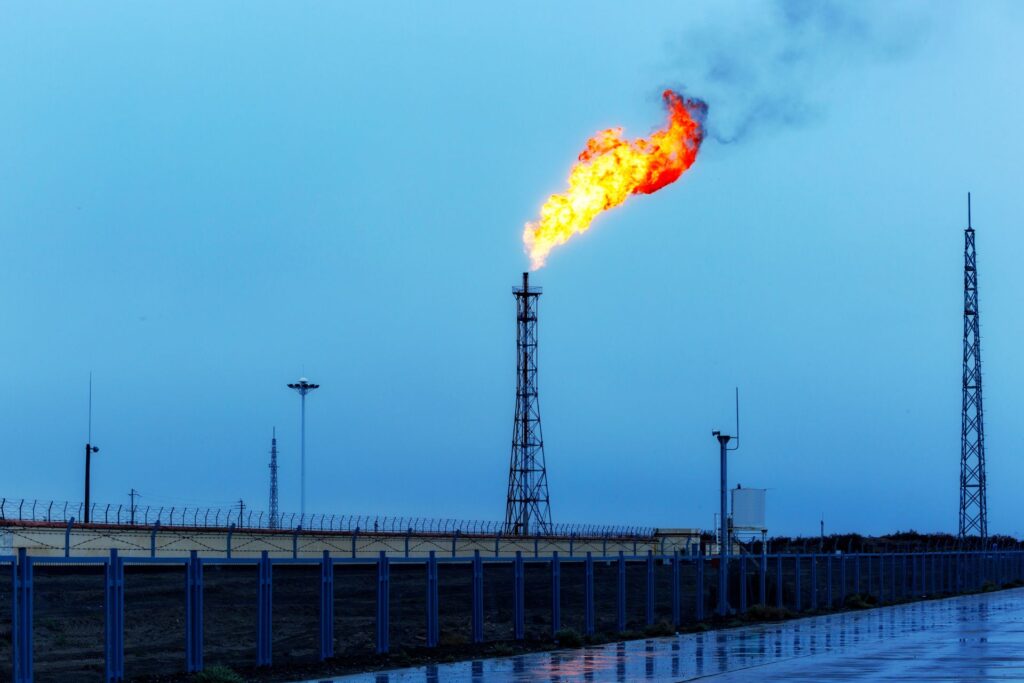S&P Global Launches First-of-Its-Kind Carbon Intensity Measures for North America Natural Gas

|
Listen to this story:
|
S&P Global Commodity Insights, the leading independent provider of information, analysis, data and benchmark prices for commodities, energy and energy transition markets, launched a new first-of-type suite of carbon intensity measures and associated carbon-accounted price assessments for eight key North America natural gas locations.
Kevin Birn, Global Head of Center of Emissions Excellence, S&P Global Commodity Insights, said: “We’re excited to be offering our clients and the marketplace this truly unique assembly of carbon intensity insight that brings transparency to carbon across the value chain of natural gas — from upstream production, gathering and boosting, and gas processing, to transport and amalgamation into market hubs. Not only is the offering unparalleled in detail and complexity, but it enables and facilitates the benchmarking of carbon and aids its incorporation into asset and commodity valuations.”
The new S&P Global Commodity Insights carbon intensity measures are modeled utilizing proprietary research, data, analysis, daily natural gas pipeline flows and more; published monthly and expressed in metric tons of carbon dioxide equivalent per million British thermal units (mtCO2e/MMBtu). The initial suite of carbon intensity measures focuses on the following natural gas locations:
- AECO-C
- Chicago City Gates
- Dawn
- PG&E Malin
- Eastern Gas, South
- Waha
- Kern River, Opal plant
- NGPL Midcontinent
The new S&P Global Commodity Insights natural gas carbon intensity measures represent averages throughout the gas value chain and range from 0.006 to 0.016 mtCO2e/MMBtu for the above locations. They reflect blendings from multiple basins with varying production-level intensities; different levels of required processing; and relevant in transport distances from basin to hub. All such factors contribute to variability in the final carbon intensity by location. Lowest carbon-intensity locations are those with shorter transport distances from basin to hub, less processing requirements (i.e., dry sweet gas) and lower methane emissions throughout the supply chain.
Heather Jones, Head of Emissions Technical Analysis, S&P Global Commodity Insights, said: “The illumination of natural gas’ carbon intensity at various locations allows the industry and marketplace the prospect of evaluating whether to transact on a carbon basis. It is important to note that carbon intensity measures are not static. They can change as natural gas flows into key market locations shift month to month and they change over time. Also, any individual natural gas company’s carbon intensity pathway can vary dramatically from the overall average.“
Alongside the natural gas carbon intensity measures, Platts, part of S&P Global Commodity Insights, will publish a daily associated carbon-accounted natural gas price assessment for each location, expressed in US dollars per MMBtu, and using the Platts Carbon Removal Credit Assessment (Platts CRC).
Marie-Louise du Bois, Global Head of Carbon Pricing, S&P Global Commodity Insights, said: “With this combined launch of carbon intensity measures and associated carbon-accounted Platts price assessments, market participants will be able to better understand the relative carbon intensity of key natural gas hubs, the drivers of that carbon intensity, and the associated spot physical market price value — all of which enable more informed business decisions. We see prospects for carbon intensity to one day be viewed as a core commodity specification attribute to natural gas and other commodities, much like heating value is to natural gas.”
Not only are the new measures and price assessments aimed at bringing transparency to the carbon footprint of the North American natural gas market, but also the US liquefied natural gas (LNG) export markets. US LNG is a key supply source for European natural gas demand and market interest around de-carbonization of imports it rapidly expanding.
For more details about Platts low-carbon gas and carbon-accounted price assessments, access this methodology and specifications guide.
Related Article: S&P Global Commodity Insights Launches New Price Assessments for European Carbon-Accounted Steel
This launch builds on the S&P Global Commodity Insights’ pre-existing suite of carbon intensity measures and related carbon-accounted Platts price premiums in oil, which cover basins, fields, blended grades, and key crude oil benchmarks, such as Brent, Dubai and West Texas Intermediate (WTI), as well as carbon-intensity estimates and daily carbon-accounted premiums for diesel, gasoline and jet fuel in key locations.
The new natural gas carbon intensity measures and associated carbon-accounted price premiums may be found in S&P Global Commodity Insights products and services, including such as: Platts Gas Daily, Americas Natural Gas Alert pages, Platts Connect, and in the Platts price database.










